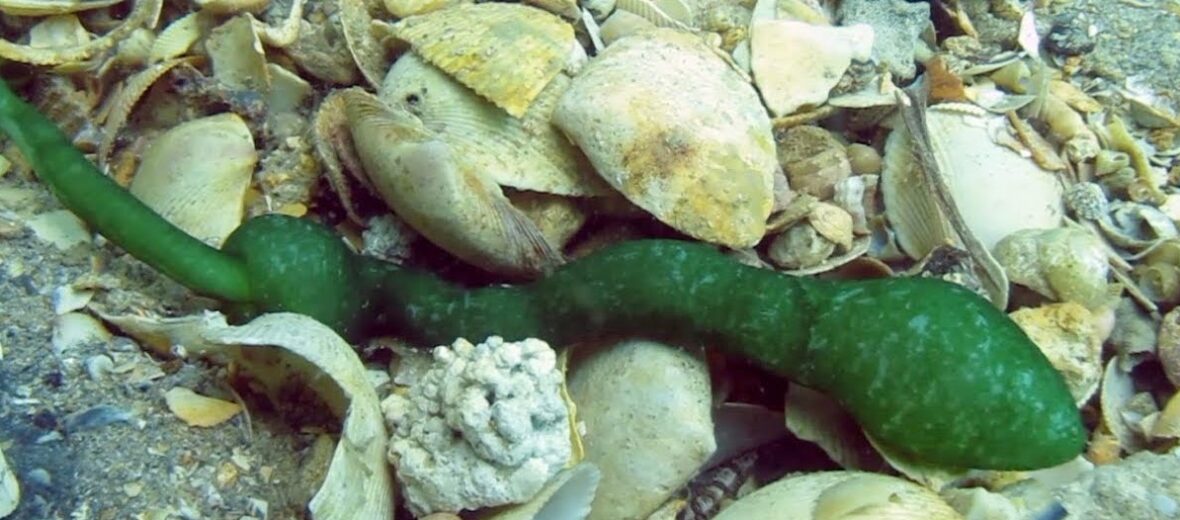
The spoon worm belongs to the phylum called Echiura. Some place them in the phylum Annelidae, like the earthworm. Spoon worms are not segmented like some other worms. There are about 150 known species of spoon worms. They can be very common in some marine ecosystems. In front of its mouth, it has a spoon-like proboscis, called a prostomium. This article is on special request from my friend, Mike.
First the Stats…
Scientific name: Echiura
Weight: Up to 2+ lbs.
Length: Up to 7 feet
Lifespan: Up to 25 years
Now on to the Facts!
1.) The prostomium (the first body segment in an annelid worm’s body) can extend up to 10x its retracted length.
2.) Prostomiums are used to gather bits of food from the substrate.
3.) Spoon worms begin life colorless and floating in a sexually undefined larval state. Kind of like my teenage years.
4.) If the larvae lands in an unclaimed area of the sea floor, they will then excrete a powerful toxin known as bonellin. This toxin will act as a sex determiner to any other worm larvae that lands in that same spot afterwards.
5.) When the other larva comes into contact with this toxin, it will be turned into a male and then sucked into the female spoon worm’s body through her prostomium, and there he will stay indefinitely, acting as a lifelong sperm bank.
But wait, there’s more on the spoon worm!
6.) They have 3 layers of muscles that surround a fluid-filled body cavity. Both of these help spoon worms move in the ocean.
7.) They typically live in shallow water, but it is presumed that there are species undiscovered in the deep ocean as well.
Did you know…?
Spoon worms are a favorite food choice of leopard sharks.
8.) Eggs and sperm are released simultaneously into the water. The free swimming larvae eventually settle down and develop.
Now a Short Spoon Worm Video!
Also, check out the Critter Science YouTube channel. Videos added frequently!
Want to suggest a critter for me to write about? Let me know here.



